Optimizing your website the right way can help you rank higher in the search engines. Best of all, website optimization is one of the few aspects of SEO that’s entirely under your control.
In this guide, you’ll learn how you can optimize your website, step-by-step. By implementing everything you’re about to learn you’ll improve search engine traffic, create a better user experience, and make your website more profitable.
If you want to learn the exact steps we take to optimize our website, along with our clients, then this guide is for you.
What is Website Optimization?
Website optimization is the process of optimizing your website to improve search engine traffic and overall user experience. Both of these work hand in hand to create a better website that supports your business.
Without a properly optimized website, you’re going to have a difficult time getting traffic and translating that traffic into actual customers.
Instead, your customers will visit your website (if they can find it at all), hit the back button, and probably go to one of your competitors.
There are several techniques and best practices you can implement to optimize your website the right way, as you’ll learn in this post.
10 Top Website Optimization Techniques
The best web page optimization strategies to optimize your website step-by-step.
- Optimize your site for the core web vitals
- Fix technical SEO errors
- Review your site structure
- Publish content that matches the user intent
- Build content authority with pillar pages
- Optimize for rich snippets using schemas
- Build a business and personal brand
- Get links from related websites
- Update your old content
- Optimize for conversions
1. Optimize your site for the core web vitals
Google’s latest update revealed there are new on-site factors, called web vitals, that’ll influence how high your site ranks.
You can optimize for these factors, which will improve user experience, along with growing your traffic.
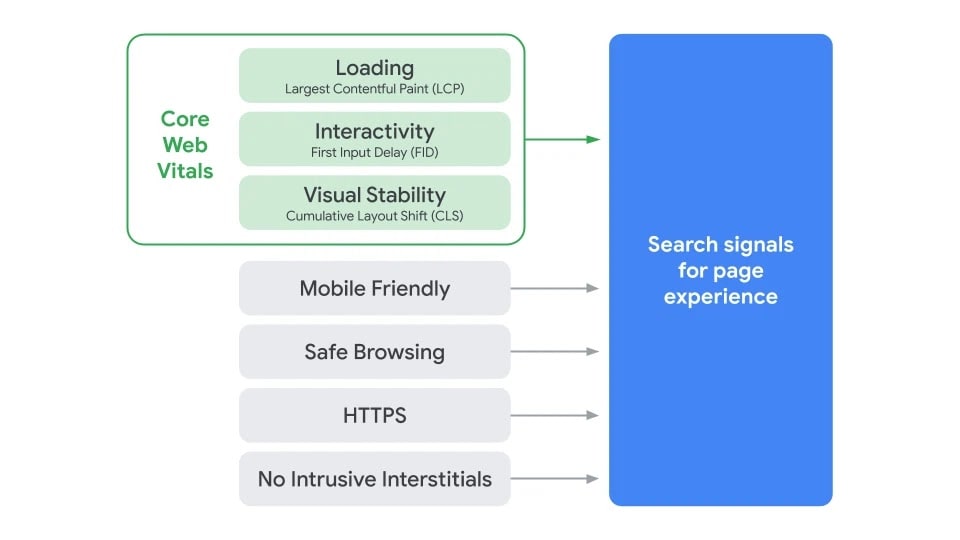
The most important of these factors are:
- Loading speed. This measures how quickly your site loads and how long it takes your first content to appear on the screen, ideally this takes under 2.5 seconds
- Interactivity. This measures how long it takes from when a user interacts with a page to how long it takes to process that request, like clicking a button, ideally this occurs in under 100ms
- Visual stability. This refers to on-screen elements that shift, causing a user to take the wrong action, ensuring your site is fully responsive can help to mitigate these errors
Users and Google want websites that are fast, usable, and safe.
You can optimize for these by improving your loading speeds, creating relevant media-rich content, and designing a site that creates a stellar user experience.
A rock-solid website optimization strategy should include all of the tips in this post.
Resources to Learn More
- Core Web Vitals – an introduction to core web vitals (by Google)
- Measure your website – see your website’s performance against core web vital metrics
2. Fix technical SEO errors
The chances are high that you have a few technical SEO errors that are holding your site back.
To uncover these errors you’ll need the help of an SEO tool. The best tool for this job is SEMRush.
All you have to do is enter your domain and you’ll get a report that highlights technical SEO errors. This SEO audit report will give you a ton of actionable steps to fix any lingering technical errors.

However, there are some very important technical errors that are worth checking as well:
Check indexation
Is your site being indexed by the search engines? Here’s a quick way to check. Head over to Google and type in “site:yoursite.com”.
This will show you what pages and posts are being indexed by Google. Ideally, you’ll see every page and post you’ve published.
Check robots.txt location
Having your robots.txt file in the wrong place can ruin your organic traffic. Navigate to “yoursite.com/robots.txt”.
If you see the following code:
User-agent: *
Disallow: /
Then this means your site is being blocked from the search engines. You could also have a more complex robots.txt file, which could be configured the wrong way.
Check URL canonicalization
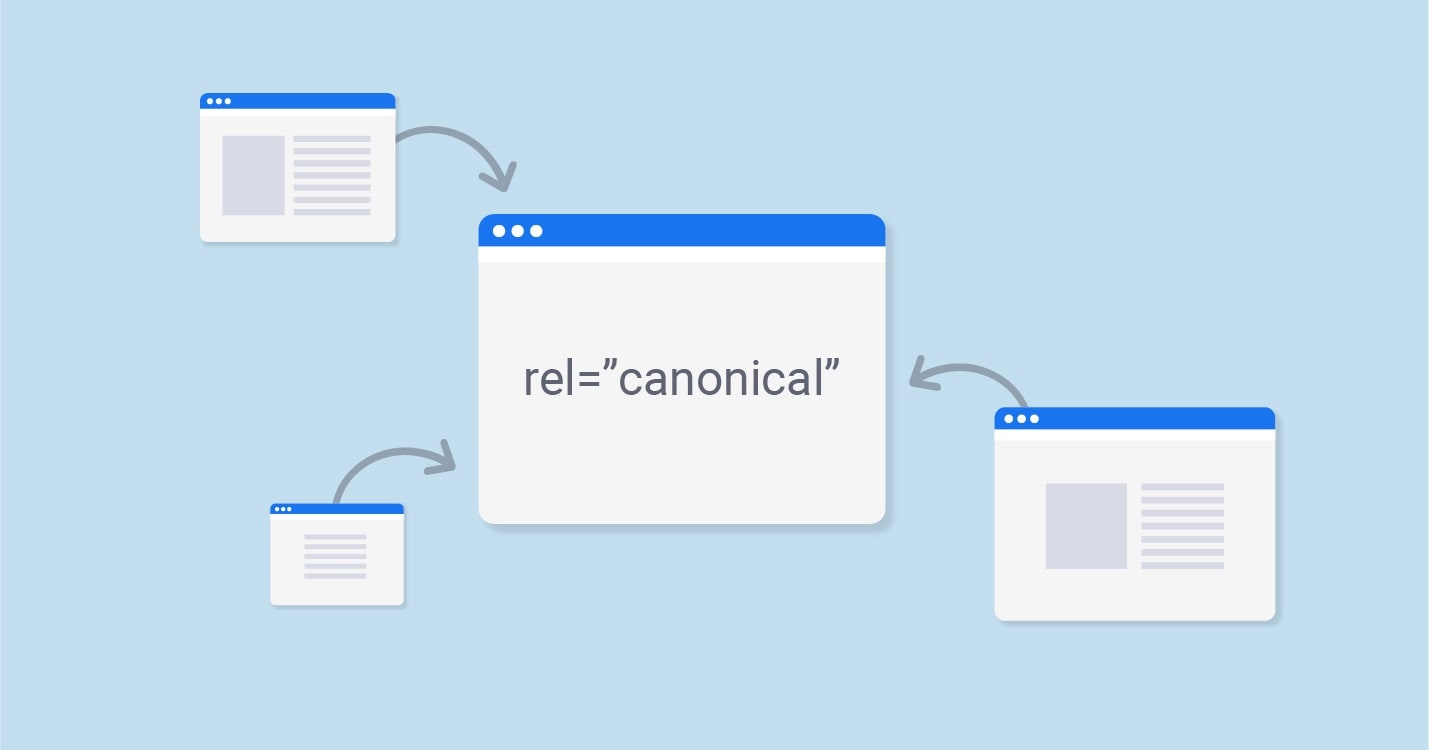
Your home page should only have a single URL associated with it, for example, “yourdomain.com”. However, you might have multiple different URLs which refer to the same thing, for example:
- yourdomain.com
- https://yourdomain.com
- http://www.yourdomain.com
Usually, Google will choose a version of your site to index, but it could also index multiple different versions, which can lead to confusion and duplicate content.
Fix broken links
Broken links can create a poor user experience, along with crawling issues.
You can use a tool like Google Search Console to identify broken links and 404 pages across your site. Then, you can update these links, or add a 301 redirect if the page no longer exists.
3. Review your site structure
If you built out your website without a long-term site plan, then there’s a chance your site is a jumbled mess of pages. By refining and optimizing your website structure you can improve your search engine rankings, and elevate your user experience across the board.
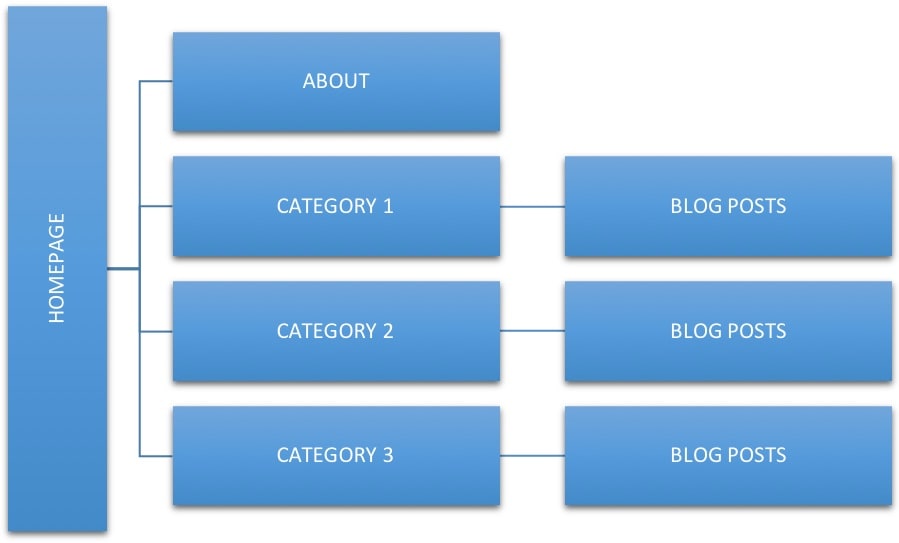
After all, it doesn’t matter how good your site looks if your users find it impossible to navigate.
Here are a few reasons to improve site structure:
- It improves your search engine appearance when users search for your site or business name
- You make it easier for the search engine bots to crawl and index all of your site pages
- You make it simple and easy for users to navigate your site and find the information they’re looking for, leading to improved on-page SEO metrics
Here’s a process you can follow to improve your site structure:
- Evaluate and remove old content that’s low-quality or no longer relevant
- Combine shorter pieces of content into longer, more valuable posts
- Reevaluate your categories, consider merging and splitting categories based on the total volume of posts
- Improve your internal linking structure and link to your most valuable content, along with older posts
4. Publish content that matches the user intent
Even more important than publishing quality content, is publishing content that matches the intent of a keyword.
Put simply, the intent is what the user is looking for when they search for a given keyword.
There are three types of searches that people make:
- Users are looking to learn more information about a specific topic
- Users are looking for a specific website
- Users are looking to purchase a product or service
An easy way to determine user intent is to see what’s currently ranking for your chosen keyword. Just by skimming the highest-ranking content, you’ll be able to determine what Google believes the intent of the keyword is.
When you’re updating older content or writing a new post, make sure it’s in alignment with what’s currently ranking and aligns with the user’s goals.
5. Build content authority with pillar pages
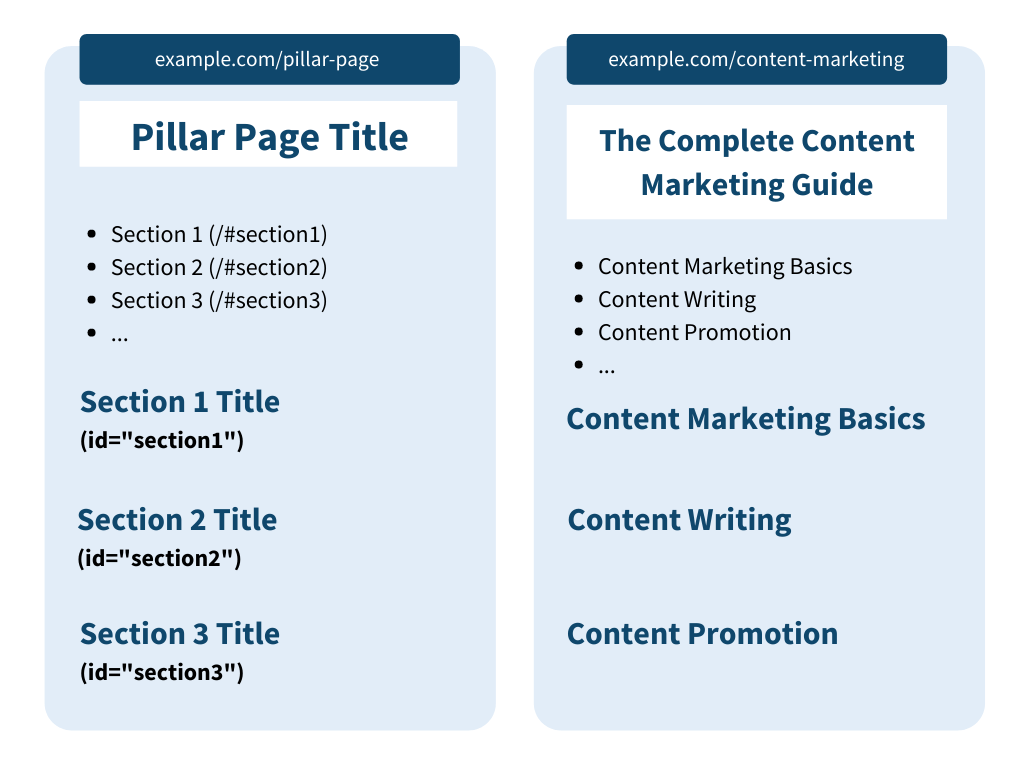
Pillar pages are the absolute best piece of content on any given topic or set of keywords. As a whole pillar pages will be much longer than traditional blog posts.
Pillar pages can either be long, informative articles that cover everything to know about a topic. Or, they can act as category pages that offer an overview and link out to other articles you’ve written.
These can help your site in two ways:
- It organizes your content and makes your site easier to navigate
- It can give you a boost in the search engines
Pillar pages help to show Google what your content is about. Your pillar page will help to unite different categories of content.
Here are some guidelines to follow when creating pillar pages:
- Analyze your existing content to look for topic clusters (i.e. related content that falls under a larger category)
- See if this content can be combined into a larger post with chapters, or links to existing articles
- Research high-traffic keywords that you’ll be able to target with your pillar pages
- Create the absolute best online resource on your chosen topic/keywords
6. Optimize for rich snippets using schemas
Schema markup helps Google understand what your page is about and the type of content that’s on the page.
Schema markup on its own won’t help you rank higher in the search engines, but it can help you get more search results real estate, like showing up in the rich snippets.

Adding schema markup to your pages can also help to improve your search engine CTR. For example, if you run a recipe blog, schema markup can show additional useful information, which can encourage users to click your result, instead of another website.
Here are the most common forms of schema you can add to your site:
- Events
- Local business information
- Recipes
- Star reviews
- Articles
Not every type of schema will apply to your website. But, you should be able to find at least one type of schema that works.
Adding schema to your website is easy. If you’re running a WordPress website, all you need to do is install a plugin and choose your schema type.
7. Build a business and personal brand
Google favors authority websites. These are sites with incredible content, high-quality backlinks while offering an incredible user experience. All of these fall under the umbrella of web optimization.
It’ll be difficult for you to build a strong personal brand or business without getting all of these factors right.
Becoming an authority in your niche doesn’t have to be that difficult either.
- Test your messaging and overall branding to better align with your audience
- Create high-quality, relevant content that your audience loves and shares
- Network with influencers in your space for backlinks and improving brand association
- Optimize your website for speed and performance to improve user experience
These are just a few methods covered in this post that will help you build an authoritative online business.
8. Get links from related websites

One of the most important factors in ranking your website is link building. According to Google, it’s one of the top 3 ranking factors.
There are a ton of different strategies you can employ to build quality backlinks:
- Create better content. By creating content better than what’s currently ranking you can not only steal your competitor’s backlinks but also attract links naturally.
- Build from broken links. You can find sites with broken links and create a better piece of content, then reach out to the site owner and see if they’ll link to your improved article
- Guest blog on authority sites. Find relevant and authoritative blogs in your niche that are open to guest blogging, usually, you can pick up content and bio link
9. Update your old content
Producing more content takes time, energy, and even money. But, you can improve your rankings without writing more posts, by updating your old content.
In time, your content becomes less fresh, by updating your content you improve your freshness score and can see a jump in traffic.
A lot of topics change with time, so by updating your old content you improve its relevance.
Here’s a handful of reasons/methods for updating your old content:
- Updating the article date can improve search engine CTR
- Make your content more accurate and better than what’s currently ranking
- Fix any old typos and make the content more readable
- Update any broken links and link to better resources
- Add new media, illustrations, and graphics to improve time on site metrics
- Optimize for new keywords, or better optimize your content as a whole
10. Optimize for conversions
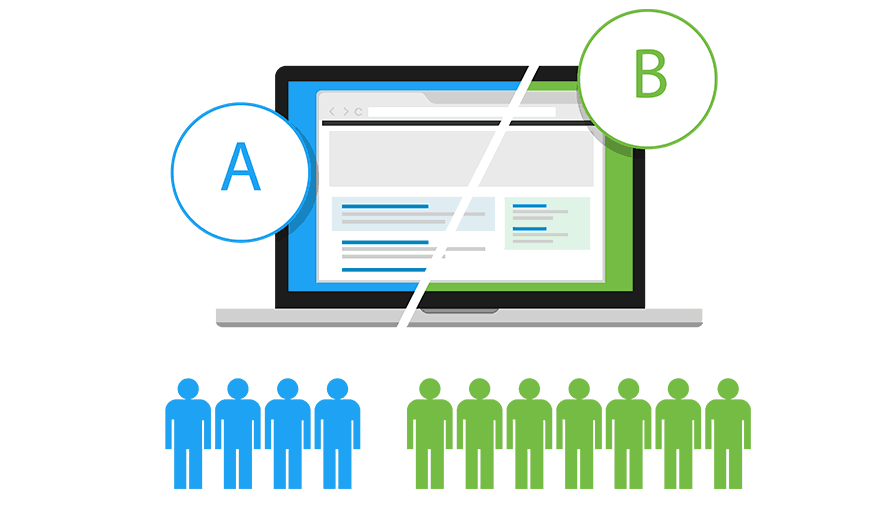
When you’re looking at your website traffic, email subscribers, and revenue, you want these numbers to be continuously going up.
But, the answer isn’t always more traffic and more buyers. Often, the better approach is improving the conversions you’ve already got.
Put simply, conversion optimization is the process of increasing the number of website visitors that turn into customers or take a specific action.
Here are a few ways you can improve your site’s conversions:
- A/B testing. You make a change to a portion of your website and run traffic to the two different versions, then study the data to see what converts the best
- Your value proposition. This spells out the unique value that your website offers your visitors, the clearer this is the better
- Your website copy. A lot of copy is too wordy and colloquial, use simple and clear language when describing what you sell or do
- Your CTAs. Experiment with different call-to-action copy, placement, and colors
Conversion optimization saves you from the fate of buying more ads, writing more content, or having to sell more products and services.
Instead, you optimize what you’ve got and generate more profit from your current traffic and customers.
Web Page Optimization Tools
There are a handful of website optimization tools you can use to execute the website optimization strategy outlined above. Here are the 5 tools worth checking out:
SEMRush
SEMRush is a full-fledged SEO suite. It truly shines with its competitor research tools. You’ll be able to see how much traffic they’re getting, what backlinks they have, and which sources are sending them the most traffic.
You’ll also find a solid keyword research tool. You’ll be able to uncover keywords that’ll send you relevant traffic, plus you can see which keywords are the most valuable to your competition.
Finally, you can use SEMRush to conduct an SEO audit. The report will give you a breakdown of any technical SEO issues you have, and what you can do to fix them.
Here are some of the core features of this tool:
- Uncover what keywords your competitors are ranking for, along with estimated traffic volume
- See what backlinks your competitors have
- Conduct an in-depth SEO audit to see what’s holding your site back
There are a ton of additional digital marketing tools offered by SEMRush, but the SEO audit and competitor analysis will probably be of most value to you.
Google Search Console
Google Search Console is a collection of tools offered by Google that helps to paint a picture of how the search engines view your website.
If you’re serious about your search engine rankings, then this is a tool you’ll need behind your site.
It’ll give you useful information like if your site is infected with malware, what keywords you’re ranking for, the backlinks pointing towards your site, and a lot more.
All you have to do is add your site and you’ll start receiving data.
Here are a few unique features of Google Search Console:
- Get a picture of how Google views your website
- Get notifications if your site has any sitemap, crawl, or meta tag errors
- View your site’s backlinks
- View what keywords are sending you traffic
- Receive alerts if there’s a malware infection on your site
You can start with Google Search Console by reading these guides:
Google Analytics
Google Analytics is a free tool that gives you in-depth analytics on your website traffic. Once you’ve synced up your website with Google Analytics you’ll start to get in-depth data about your site.
You’ll get access to a range of different data, for example:
- User-level data that gives you information about your user’s behavior
- Session level data about what visitor’s do during each visit
- Page-level data about the performance of each page on your site
- Event level data about actions that users take like watching a video, opting in a form, etc.
Now, there’s a lot of information to pour through, but it’ll give you in-depth insights into how your visitors behave on your site. Which pages they find the most valuable, any pages that are causing visitors to leave your site, and give you on-page metrics that show how your site is performing.
Here are the two most important metrics to pay attention to:
- User behavior data. This will tell you how long users stay on your site, the pathway they take through your site, and the first and last pages they view
- User acquisition data. This shows user demographic information, along with the most common sources they use to access your websites, like organic search, referral, or social media
You can get started with Google Analytics by reading these guides:
Google Pagespeed Insights
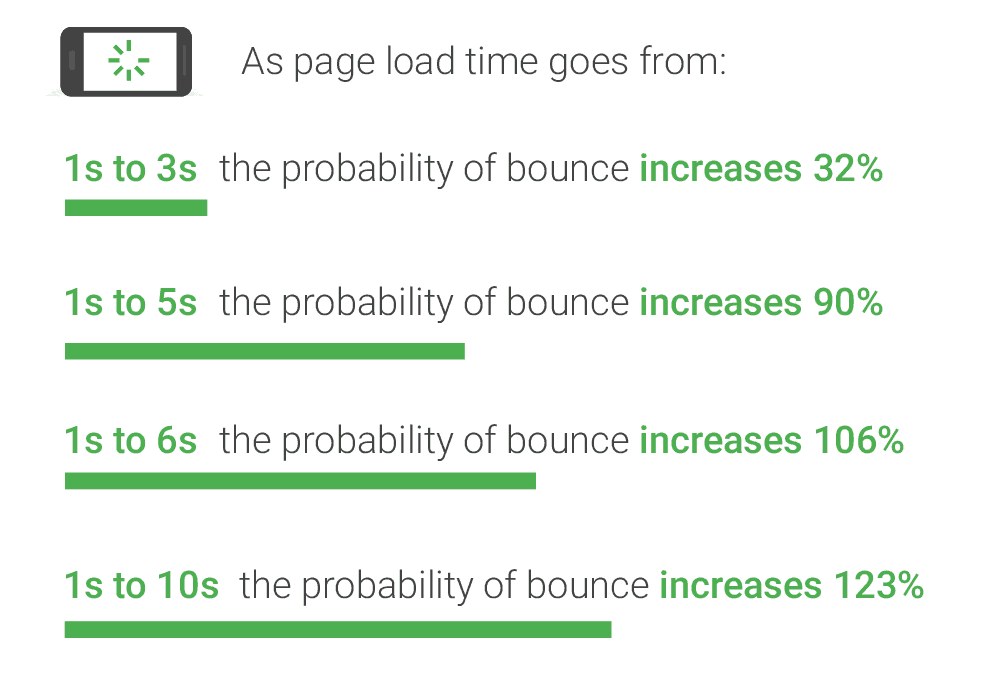
Your website needs to be fast. Your search engine rankings and user experience depend on it. The web pages that rank the highest in Google tend to have very fast loading speeds as well.
Luckily there’s a free tool called Google Pagespeed Insights that will analyze your website speed on mobile and desktop and give you ways to improve it.
All you have to do is run your website through the tool and you’ll get a score out of 100. The higher the number the better optimized your website is.
You’ll get a breakdown of what you’re doing good, what needs to improve, along how you can make those improvements.
There are also benchmark data that’ll show you how well your site performs compared to the rest of your industry.
Yoast SEO
If you’re running a WordPress site, then you need the Yoast SEO plugin. Yoast SEO is one of the top SEO plugins today.
If you want to optimize your site, then this plugin will help you do just that, and educate you on the reasons behind it as well.
With Yoast, you can optimize your entire website on a sitewide level, while also optimizing every single page and post for specific keywords.
Here are some of the core features of this tool:
- Fix duplicate content issues and canonical URLs
- Optimize each page and post for a specific keyword
- Create a sitemap and other sitewide SEO optimizations
Why is Website Optimization Important?
The ultimate goal of website optimization is to create a website that better serves your visitors. In turn, this can lead to improved search engine rankings, higher conversions, more sales, and a more profitable business overall.
Without doing any web page optimization you’re doing your business a disservice. Instead of your website acting as an asset for your business, it can become a liability.
Here are some of the biggest benefits to optimizing your website:
Get more search engine traffic
One of the main reasons to go through the process of SEO optimization is to improve site visibility in Google and other search engines and get more traffic to your website.
For example, as you create high-quality relevant content you’ll attract backlinks, or create linkable assets you can use to build links. This will grow your authority and help you rank higher in the search engines.
Overall, the better your site meets the needs of your users, and the better the user experience you provide, the higher your website will rank.
Save on advertising costs
Another big advantage is that you’ll have to pay less for advertising. When your website is ranking organically and optimized to convert at a higher rate, you can scale back on paid ads.
With PPC advertising you’re paying every time a visitor comes to your site. When you stop paying this traffic source completely dries up.
But, with organic traffic, you aren’t paying anything for traffic. You’ve invested in achieving these rankings, but once you’ve proven to Google that your site or pages hold value, it can be a long-term passive source of traffic.
Convert more visitors into leads/sales
Most websites are full of holes. Instead of new visitors becoming subscribers and customers, they leave your site, never to return.
One big part of site optimization is plugging all of these holes.
Anyone can build a website, but most people won’t build a website that converts.
By becoming the go-to resource for your customers you’ll not only improve brand loyalty, but you’ll be able to earn more income on the traffic you’re already getting.
Improve the overall user experience
It’s Google’s goal to provide the best possible user experience. This means their priority is to send searchers to websites that provide high-quality relevant content.
By spending time optimizing your site you align your goals with the goals of Google, which is a great place to be.
That’s why optimizing your content, improving usability, content relevance, and adjusting your site to user preferences can be so valuable.
Of course, there are even more benefits to optimizing your website the right way, but hopefully, that’s enough to convince you it’s time to start optimizing.
Key Learnings
Website optimization can help you unlock more revenue from your existing traffic, plus help your site grow in a positive direction (more traffic and more customers).
Without spending time optimizing your website, you’re doing your business a disservice. Ultimately, the goal of your website is to serve your customers in the most effective manner possible.
If you’re looking for quick wins then start by fixing any technical SEO issues, start updating and improving your old and outdated content, and create a more streamlined site structure.
In time, you can start improving your overall authority by creating pillar content, refining existing content to align with user intent, and start building relevant backlinks to your content.
Site optimization isn’t a one and done process, but something that becomes part of the natural evolution of your site. Your site will grow, just as your business does, but with real-time data gained from A/B testing, you can ensure your site is always pushing the needle towards a better user experience.





Keep it up. keep sharing such nice articles about website optimization. It will help us a lot in improving the website performance for sure. Thanks a lot.